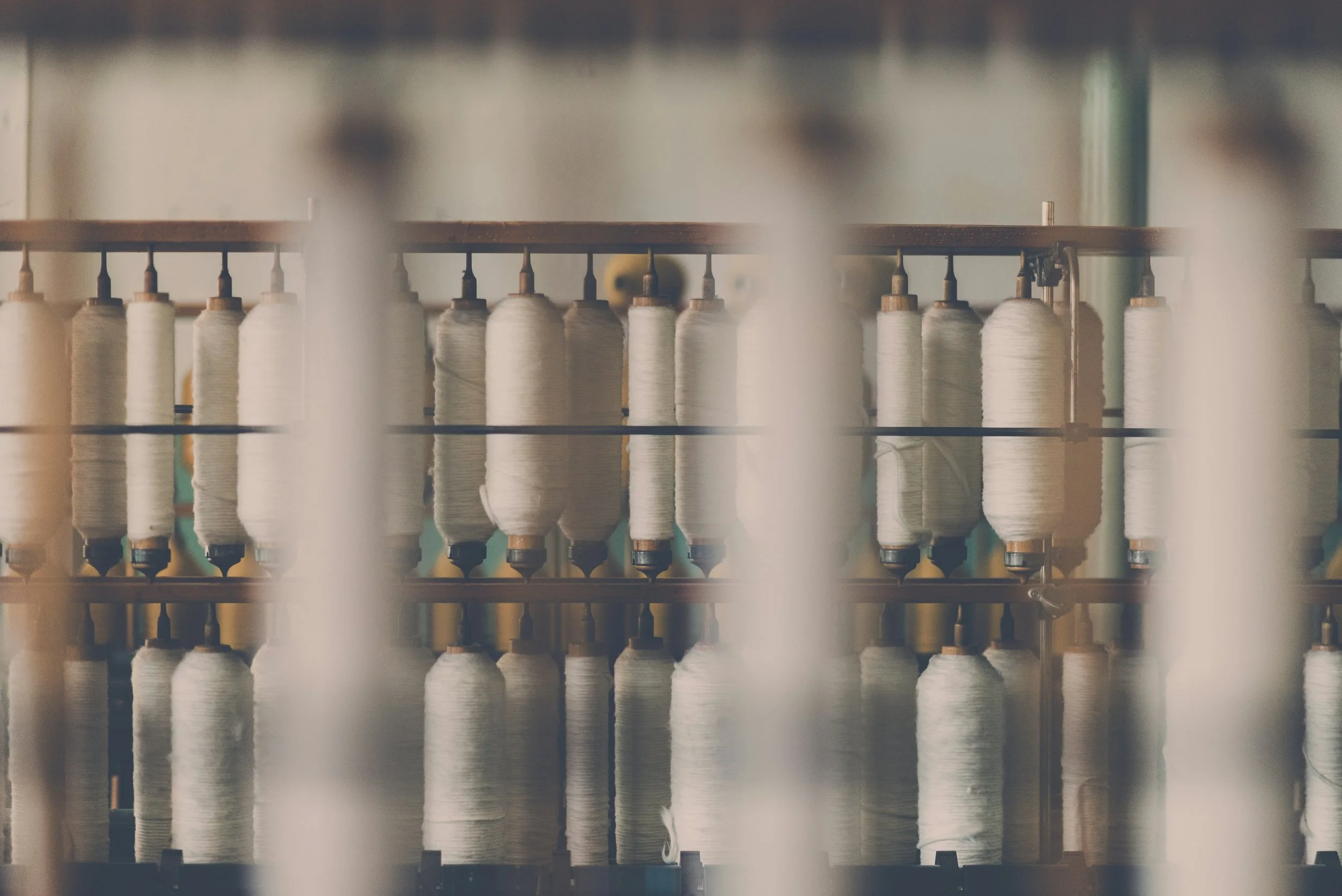ESPR is Here!
Today marks a significant milestone for sustainability as the Ecodesign for Sustainable Products Regulation (ESPR) comes into force! This comprehensive EU regulation aims to ensure products are more durable, reusable, repairable, and recyclable, setting a new standard for environmental responsibility. Here’s a deep dive into what ESPR entails and how it will impact the industry.
What is ESPR?
The Ecodesign for Sustainable Products Regulation (ESPR) is the EU's ambitious initiative to make sustainable products the norm. Effective from today, July 18th, ESPR applies to all products placed on the EU market, regardless of their origin. This means significant changes for fashion brands, including the need to redesign products for longevity and recyclability, implement robust traceability systems, and ensure full transparency in their supply chains.
Core Pillars of ESPR:
Digital Product Passports (DPP):
These digital identity cards for products provide detailed information on a product’s origin, composition, and environmental impact. They support sustainability by promoting product circularity and strengthening legal compliance.
Rules Against Destroying Unsold Products:
ESPR bans the wasteful destruction of unsold textiles and footwear, encouraging reuse and recycling. Companies will need to disclose the number and weight of discarded products and the reasons for their disposal.
Green Public Procurement (GPP):
This policy guides EU authorities to purchase sustainable products, significantly boosting the demand for eco-friendly goods and incentivizing companies to invest in sustainable practices.
Implementing ESPR:
The Ecodesign Forum: The main arena for consulting stakeholders on the development of rules under ESPR, the Ecodesign Forum will include a wide range of stakeholders and key ecodesign actors. The forum will contribute to the preparation of ecodesign requirements and working plans, ensuring transparency and inclusiveness in the process.
The ESPR Working Plan: To keep the public and stakeholders informed, the Commission will adopt and regularly update working plans, detailing the products and measures to be assessed. The first working plan will be published within nine months of ESPR’s entry into force, covering a minimum period of three years.
Ecodesign Requirements: The development of ecodesign requirements includes preparatory studies, impact assessments, and stakeholder consultations. Initial work has begun on certain products like textiles and steel, with further work planned for other prioritized products.
Rules on the Destruction of Unsold Consumer Products: ESPR’s first year will see the adoption of rules to operationalize measures against the destruction of unsold consumer goods. This includes setting a reporting format for transparency requirements and defining exemptions to the ban on destroying unsold textiles and footwear.
Digital Product Passport (DPP): Technical preparations for the rollout of DPPs are underway, including the adoption of rules on identifiers and data carriers, work on access rights to DPP information, and the establishment of a DPP registry and web portal.
Ecodesign from an International Perspective: ESPR’s rules apply to all products on the EU market, aligning with international trade rules. The EU will continue working with producing countries and international partners to improve product sustainability and remove trade barriers for greener products.
Ongoing Work under the EU’s Current Ecodesign Framework: ESPR will eventually replace the current Ecodesign Directive 2009/125/EC. During the transition, the existing directive will continue to operate, including the implementation of the Ecodesign and Energy Labelling Working Plan 2022-2024.
Why ESPR Matters:
The ESPR is a cornerstone of the EU's strategy to achieve the goals set out in the 2020 Circular Economy Action Plan. It aims to improve product circularity, energy performance, and other environmental sustainability aspects, thereby protecting our planet and fostering sustainable business models. This new regulation represents a monumental shift towards sustainability, not only for the EU but potentially setting a precedent for global standards. Brands that act now to implement compliance will be well-positioned to thrive in this new landscape.
How ESPR Could Impact the Luxury Fashion Industry
The luxury fashion industry, often seen as a leader in style and innovation, faces unique challenges under the new Ecodesign for Sustainable Products Regulation (ESPR). While many luxury brands have made significant strides in environmental efforts, there is still a notable lack of transparency in their supply chains, sourcing, and labor practices. Here's how ESPR could drive change in this high-end sector:
Transparency and Traceability: Luxury brands are now required to provide detailed information about their products' origins, compositions, and environmental impacts through Digital Product Passports (DPP). This will enforce a level of transparency previously unseen in the luxury market, where the mystique of brand heritage often overshadowed supply chain details.
Sourcing and Labor Practices: ESPR mandates that companies map their supply chains down to raw material providers, which will expose labor practices and sourcing locations. This is crucial for the luxury fashion industry, where the authenticity and quality of materials are paramount. Brands will need to ensure that their suppliers comply with sustainable and ethical standards, potentially reshaping long-established relationships and practices.
Environmental Commitments: With ESPR's stringent requirements for product durability, reusability, and recyclability, luxury brands will need to innovate further. They will have to design products that not only meet high aesthetic standards but also adhere to rigorous environmental criteria. This shift will push brands to adopt more sustainable materials and processes, enhancing their environmental footprint.
Competitive Advantage: Brands that embrace ESPR's regulations proactively will likely gain a competitive edge. Consumers are increasingly valuing sustainability and transparency, and luxury brands that can demonstrate genuine commitment to these principles will strengthen their market position. This could lead to increased loyalty and higher sales among eco-conscious consumers.
Challenges and Opportunities: Implementing ESPR will undoubtedly pose challenges for luxury brands, from redesigning products to restructuring supply chains. However, it also presents an opportunity for these brands to lead by example, setting new standards for sustainability in the fashion industry. By aligning their operations with ESPR, luxury brands can help drive global change and reinforce their reputations as industry innovators.

